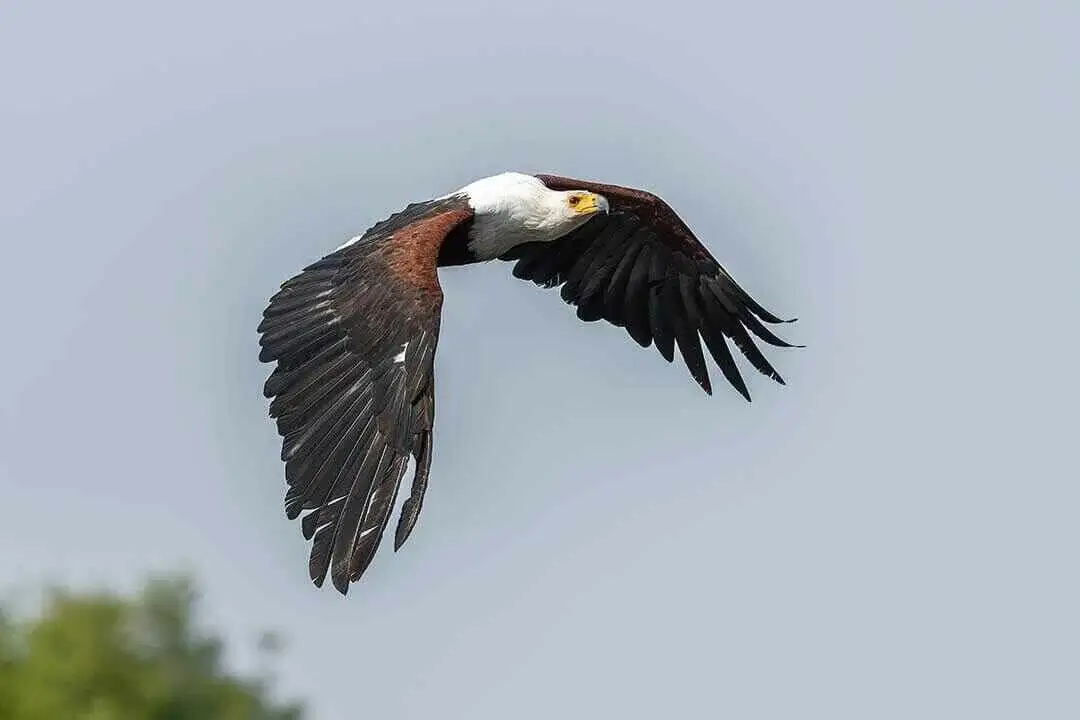
BIRDING IN
Rwanda Wetlands

BIRDING IN
Rwanda Wetlands

BIRDING IN
Rwanda Wetlands
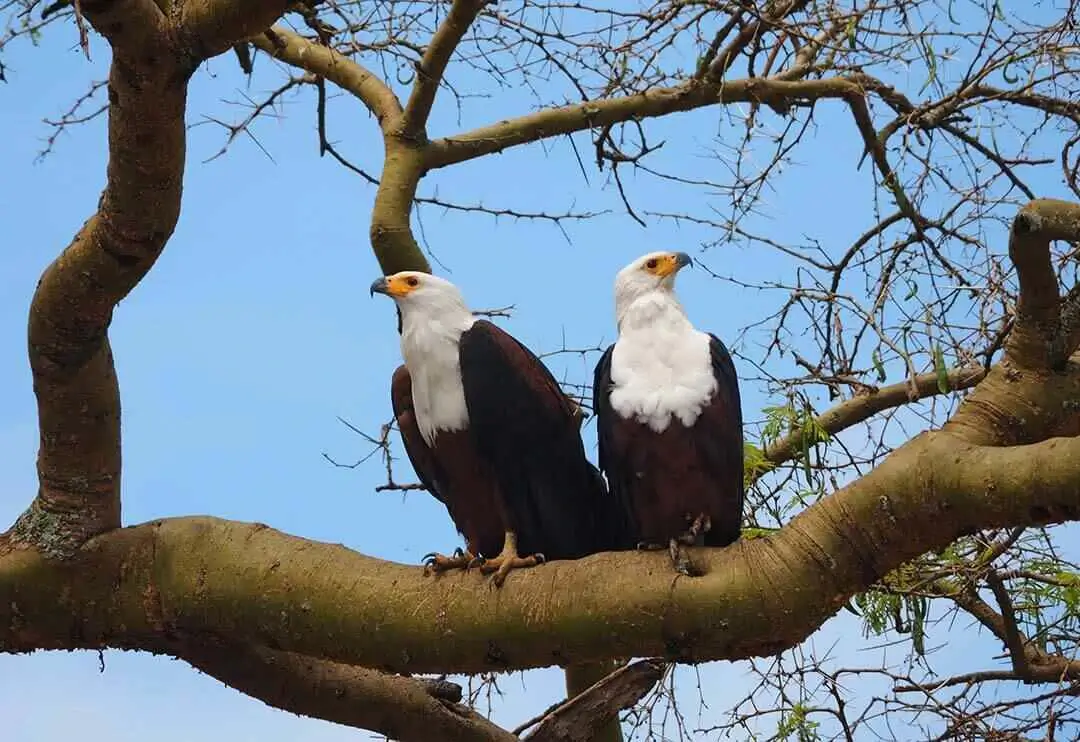
BIRDING IN
Rwanda Wetlands
Rwanda's wetlands and marshes cover around 10% of the country. In addition to Rugezi Marsh in the north, there are extensive wetlands along the Akanyaru and Nyabarongo rivers in the south and south-east of the country. The Akanyaru and Nyabarongo Wetlands are considered Important Bird Areas by Birdlife International.
The most easily accessible wetlands and lakes can be found in Bugesera District to the south-east of Kigali. There are numerous sites across this district that offer excellent birding within a short drive from Kigali and, so far 415 bird species that have been recorded in this region.
There are numerous habitats in this area, such as swamps, lakes and savanna type pastoral lands. The whole district has good birding, but it advantageous to explore the area's numerous hotspots that offer good chances to observe numerous waterbirds and savannah species; including Papyrus Gonolek, Papyrus Canary, White-winged Swamp Warbler, White-collared Oliveback, Lesser Jacana, White-backed Duck, Redchested Sunbird, Palm Nut Vulture, Blue-naped Mousebird and African Fish Eagle. In addition, Red-chested Sunbird, Palm Nut Vulture, Blue-naped Mousebird, African Fish Eagle, numerous waterbirds and savannah species can be seen in this area.
Our Experts are ready to provide answers
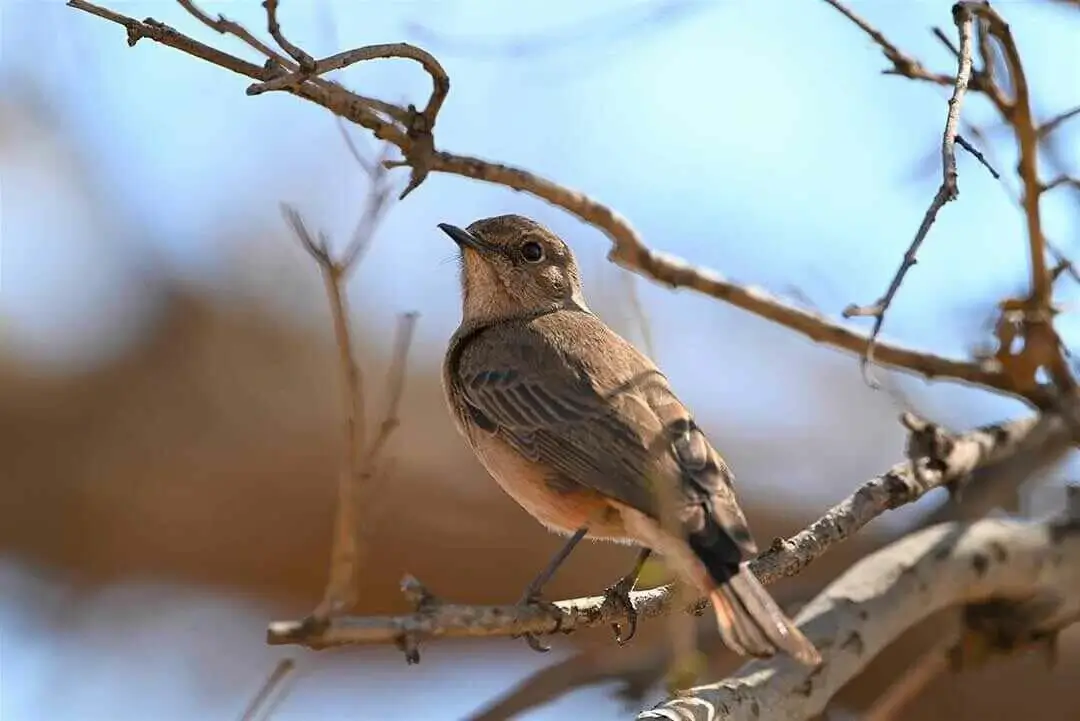
Gishwati-Mukura National Park is located in west Rwanda, in the mountains above Lake Kivu. This is Rwanda's newest national park and currently the focus of extensive rehabilitation efforts. The forests hold good birdlife Gishwati, 232 species and Mukura 163 species including several Albertine Rift Endemics and forest specialists.
Read More
Some 244 bird species are known from this Important Birding Area. The area is important as the southern limit of many Sudan - Guinea Savanna biome birds. The most interesting species known from this little explored region is the submontane sunbird Nectarinia preussi of the Afrotropical Highlands biome.
Read More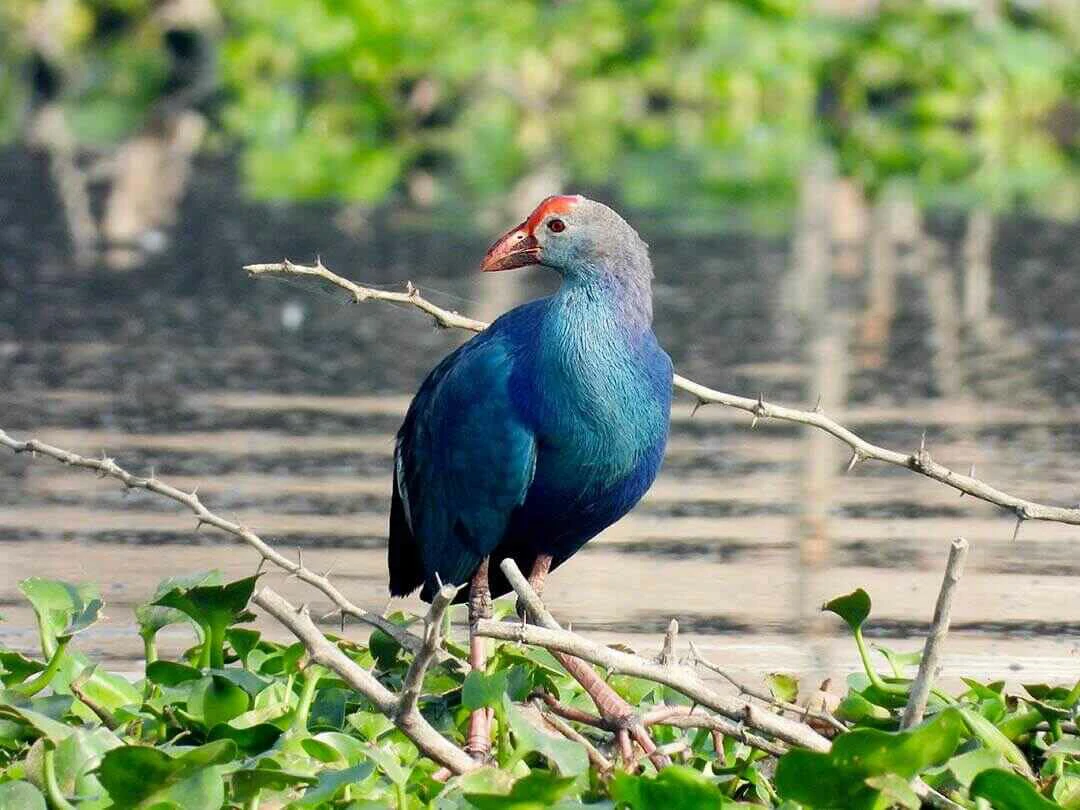
At least 16 bird species occur in Kakamega but nowhere else in Kenya, and another 30 (such as Psittacus erithacus) are probably now confined to this site. The grassy glades have their own distinctive avifauna, with many moist-grassland species that are now rare elsewhere in western Kenya. Regionally threatened species include Circaetus cinerascens (fairly common resident), Hieraaetus ayresii (relatively abundant),
Read More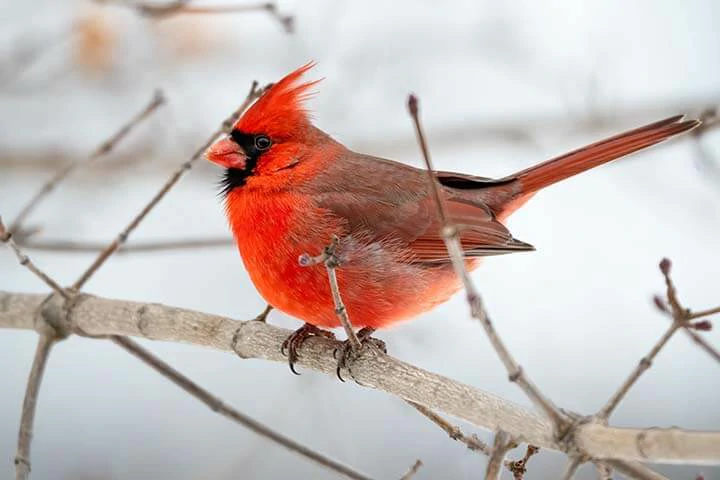
This is probably the world stronghold of Macronyx sharpei, a threatened Kenya bird endemic. The species is confined to grassland, preferring short-grass fields with tussocks, and in good habitat occurs at densities of 0.8 individuals/ hactares. Cisticola aberdare is thought to occur in the higher parts of the plateau, close to the Aberdare mountains,
Read More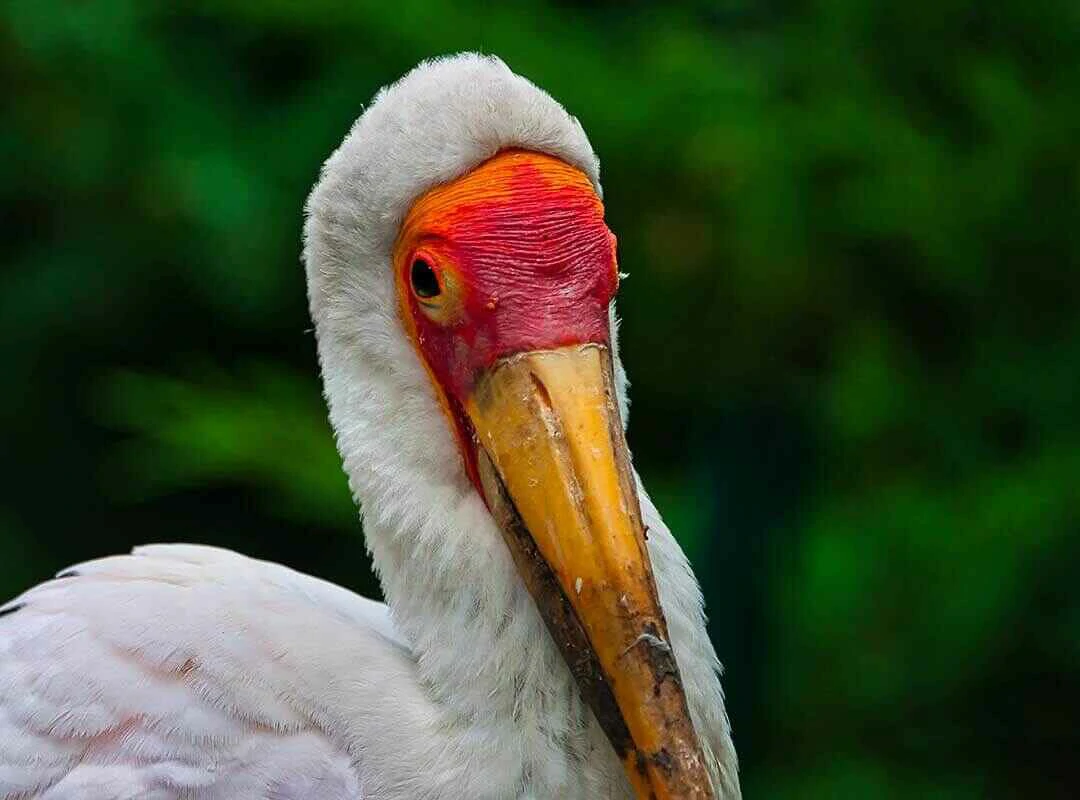
Lake Elementeita is home to 13 globally threatened bird species and some of the highest bird diversities in the world. Due to the assemblage of various birds of conservation concern, such as the threatened, range-restricted Grey-crested Helmet-shrike nearly threatened which occurs in the surrounding woodland where it may be resident.
Read More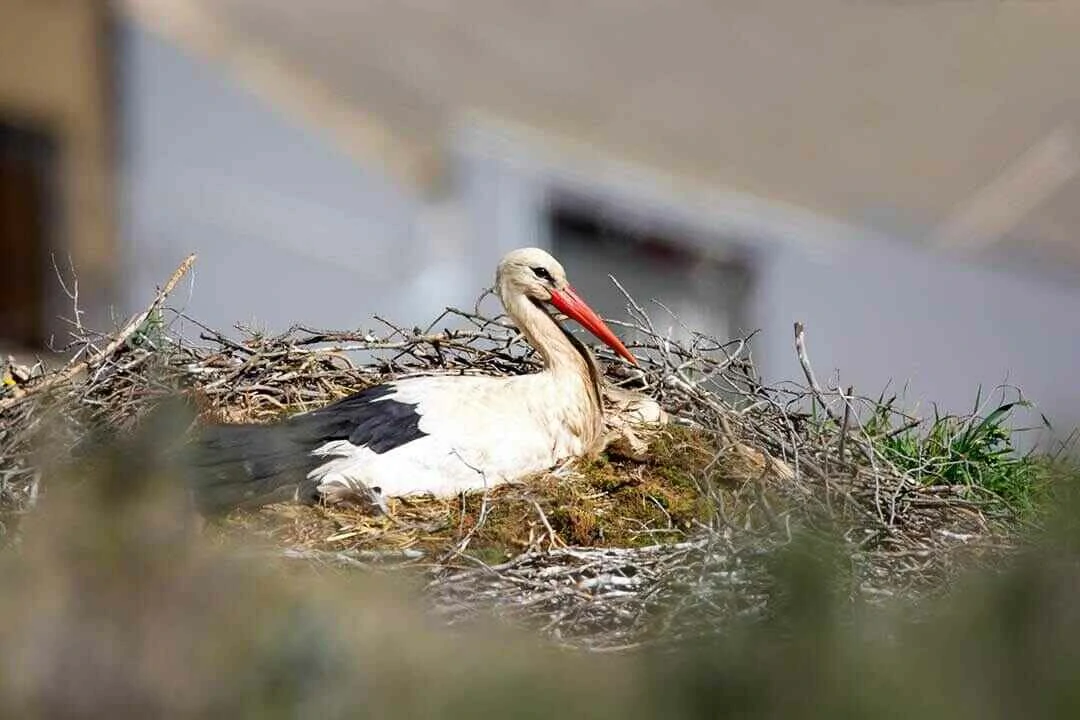
The extensive network of tracks within the park allows birders to visit the many lakes, swamps, hills, grasslands and woodlands to search for some of the parks special birds including, Red-faced Barbet (localized to the Lake Victoria Basin), Papyrus Gonolek, White-winged Warbler and African Finfoot. With luck you might also see the enigmatic Shoebill amongst the papyrus.
Read More